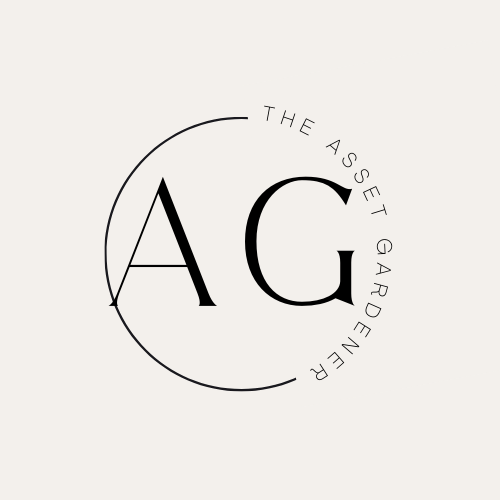
National Home Prices Reach New Heights Amidst Growing Demand
The Australian housing market has made headlines as national home prices hit a record high in June. According to REA Group’s latest PropTrack Home Price Index, there was a notable increase of 0.4% month-on-month and a significant 4.6% rise compared to the same period last year. This upward trend in housing values signals a recovery that many investors and business owners may want to pay close attention to.
Capital Cities Lead the Charge
Much of this growth is attributed to capital cities, where home prices showed robust increases. Notably, Adelaide stood out with a monthly increase of 0.6%, affirming its status as the strongest-performing capital over the past year with an impressive annual rise of 9.8%. Sydney and Hobart also reported gains of 0.5%, while Brisbane and Perth saw remarkable annual increases of 8.3% and 7.8%, respectively. Brisbane's median house price has even surpassed the $1 million mark, showcasing the rising demand in urban markets.
Regional Market Resilience
Interestingly, regional areas are not lagging behind. They experienced a price increase of 0.3% month-on-month and a robust 6% year-on-year. In fact, regional home values have risen over 65% in the past five years, illustrating the appeal of suburban life, especially as remote work becomes more mainstream. This trend presents opportunities for realtors and investors looking to tap into emerging markets.
Factors Driving Price Momentum
What is causing this surge in home prices? Analysts point to several interconnected factors, primarily falling interest rates and the rising population, particularly in more affordable housing segments. As borrowing costs decrease, buyers are becoming more confident, contributing to renewed interest in home purchases.
Eleanor Creagh, senior economist at REA Group, emphasizes, “Further interest rate cuts expected later this year will ease borrowing costs, adding to the momentum in housing demand and reinforcing recent price growth.” With expectations of another rate cut soon, the forecast for the housing market remains optimistic.
Challenges Amidst Growth
However, it's not all smooth sailing. While the market shows signs of strength, challenges like affordability remain. Prospective buyers are experiencing stretched budgets, which might slow a quicker upturn as seen in previous cycles. The ongoing demand for housing, compounded by supply constraints, suggests that while prices may continue to rise, the growth might be measured and gradual.
The Human Impact of Housing Trends
For many investors and realtors, the conditions of the housing market are more than just numbers; they impact real lives. Understanding these shifts allows for better strategic planning and awareness of market dynamics. For business owners, especially in sectors connected to housing and construction, adapting to these trends is crucial in maintaining competitiveness and relevance.
Looking Ahead: What’s Next For Investors?
The trajectory of the housing market poses several questions for investors: How should one capitalize on this growth? What areas warrant more attention? As we move deeper into 2025, it’s essential to keep an eye on not only the numbers but also the underlying trends that accompany them. As more residents embrace suburban life and urban centers scale in their value, identifying the right investment opportunities will be key.
Conclusion
As the Australian housing market continues to evolve, it presents abundant opportunities as well as challenges. Both investors and realtors must stay informed to make educated decisions. Understanding trends, anticipating challenges, and leveraging new opportunities could define success moving forward. Embrace the changing landscape and consider how you can position yourself for growth in this thriving market.
To stay updated and informed about the future of housing trends, follow our insights and connect with experts in real estate. Explore how these insights can lead to smarter investment decisions.
 Add Row
Add Row  Add
Add 




Write A Comment